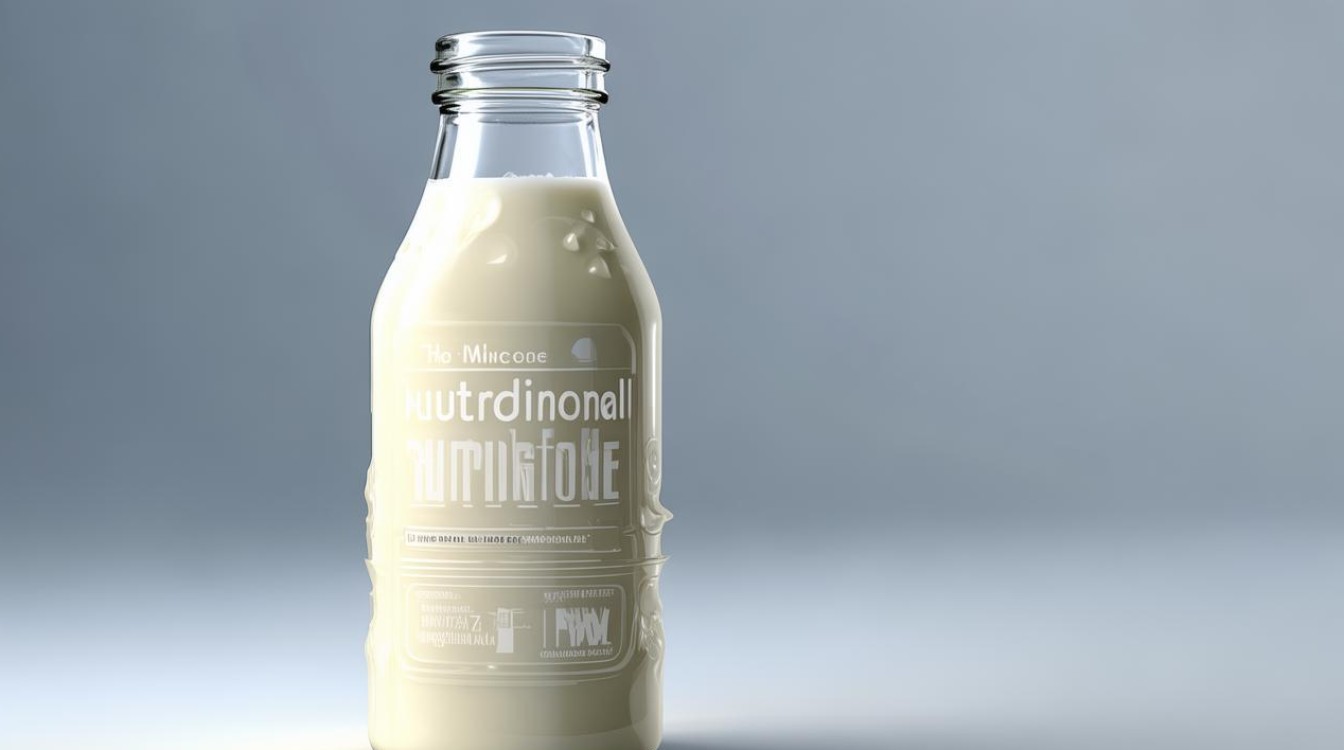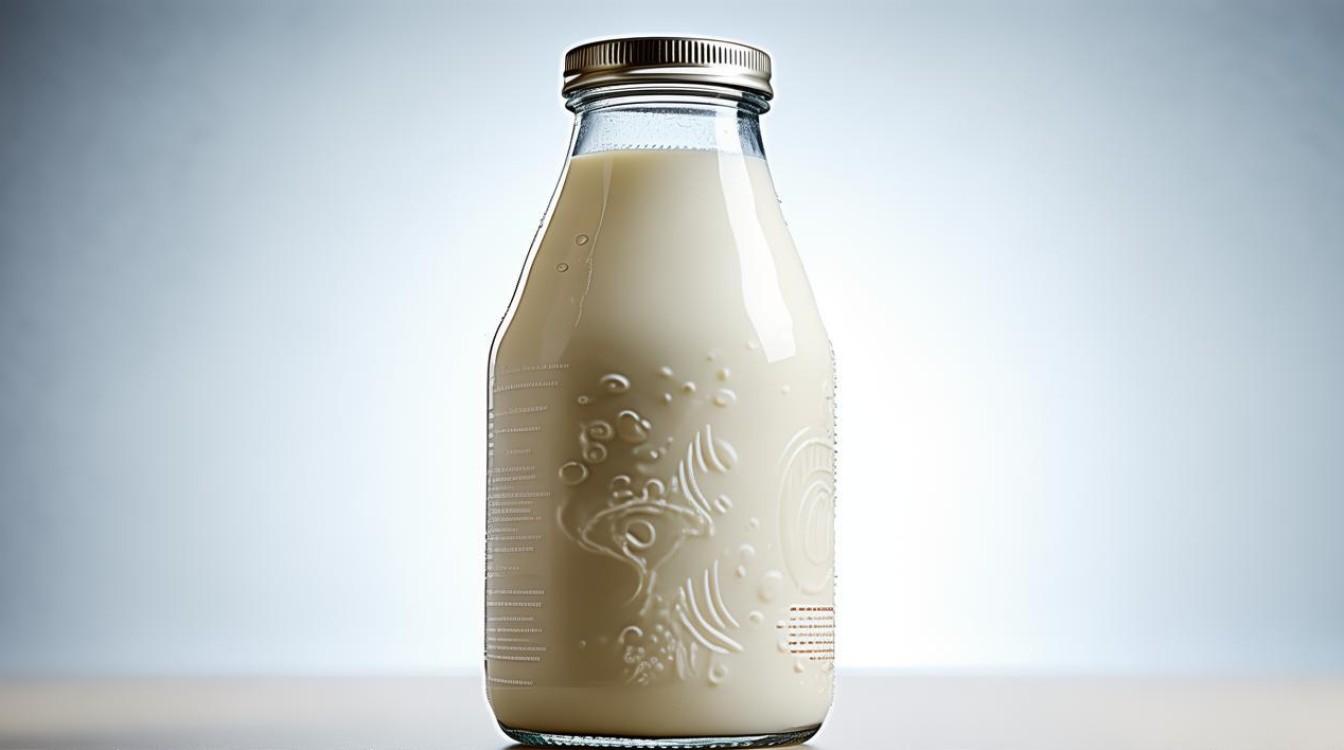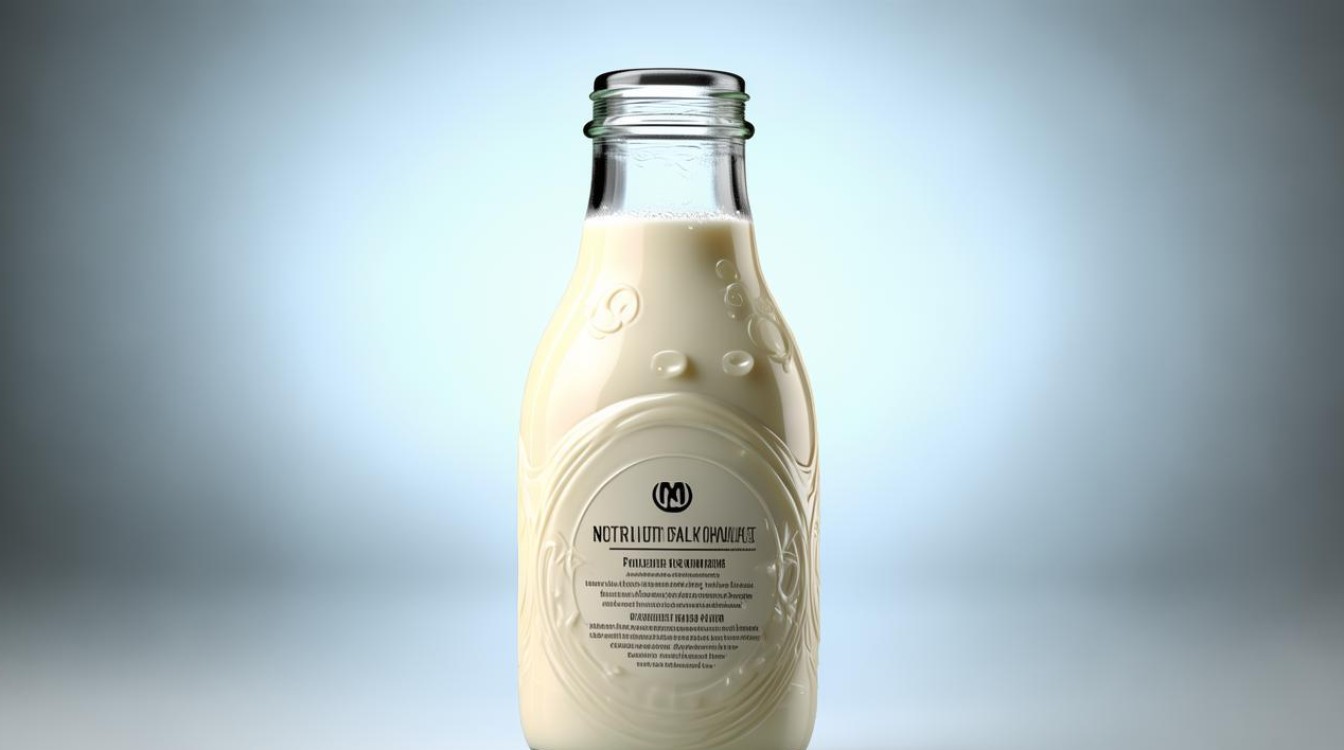Milk has been a staple in human diets for centuries, valued for its rich nutritional profile and versatility. From childhood to adulthood, it plays a crucial role in supporting health and wellness. This article delves into the composition, benefits, and cultural significance of milk, offering insights into why it remains a dietary cornerstone worldwide.

The Composition of Milk
Milk is a complex liquid packed with essential nutrients. Its primary components include:
- Proteins: Casein and whey provide high-quality amino acids, vital for muscle repair and growth.
- Carbohydrates: Lactose serves as a natural energy source, though some individuals may lack the enzyme to digest it.
- Fats: Saturated and unsaturated fats in milk support brain function and hormone production.
- Vitamins and Minerals: Rich in calcium, vitamin D, phosphorus, and B vitamins, milk strengthens bones, boosts immunity, and aids metabolism.
The balance of these nutrients makes milk a near-complete food, suitable for people of all ages.
Health Benefits of Milk
Bone Health
Calcium and vitamin D in milk work synergistically to promote strong bones and teeth. Regular consumption reduces the risk of osteoporosis, especially in older adults.

Muscle Growth and Recovery
Athletes and fitness enthusiasts often rely on milk for its protein content. Whey protein, in particular, is absorbed quickly, aiding post-workout recovery.
Heart Health
Studies suggest that moderate milk intake may lower blood pressure due to its potassium content. However, choosing low-fat or skimmed varieties is advisable for those monitoring cholesterol.
Skin and Hydration
Lactic acid in milk acts as a natural exfoliant, while its high water content helps maintain hydration. Many skincare routines incorporate milk for its soothing properties.

Cultural and Historical Significance
Milk holds a revered place in various cultures. In India, it is offered in religious ceremonies, while European traditions celebrate dairy farming through cheeses and yogurts. The domestication of cattle millennia ago revolutionized human diets, making milk a symbol of sustenance and prosperity.
Addressing Common Concerns
Lactose Intolerance
Approximately 65% of adults globally experience lactose intolerance. Alternatives like lactose-free milk, almond milk, or soy milk provide similar nutrients without digestive discomfort.
Ethical and Environmental Considerations
The dairy industry faces scrutiny over animal welfare and carbon emissions. Opting for organic or plant-based milks can align with ethical preferences while meeting nutritional needs.

How to Incorporate Milk into Your Diet
- Morning Routine: Add milk to cereals, smoothies, or coffee.
- Cooking: Use it in soups, sauces, and baked goods for creaminess.
- Snacks: Pair with whole-grain crackers or fruit for a balanced option.
Milk’s adaptability ensures it fits seamlessly into diverse culinary traditions.
Final Thoughts
Milk’s enduring popularity stems from its unmatched nutritional value and cultural resonance. Whether enjoyed plain, flavored, or as an ingredient, it continues to nourish generations. For those unable to consume dairy, modern alternatives ensure everyone can benefit from its legacy. Embracing milk—or its substitutes—is a simple step toward better health.


